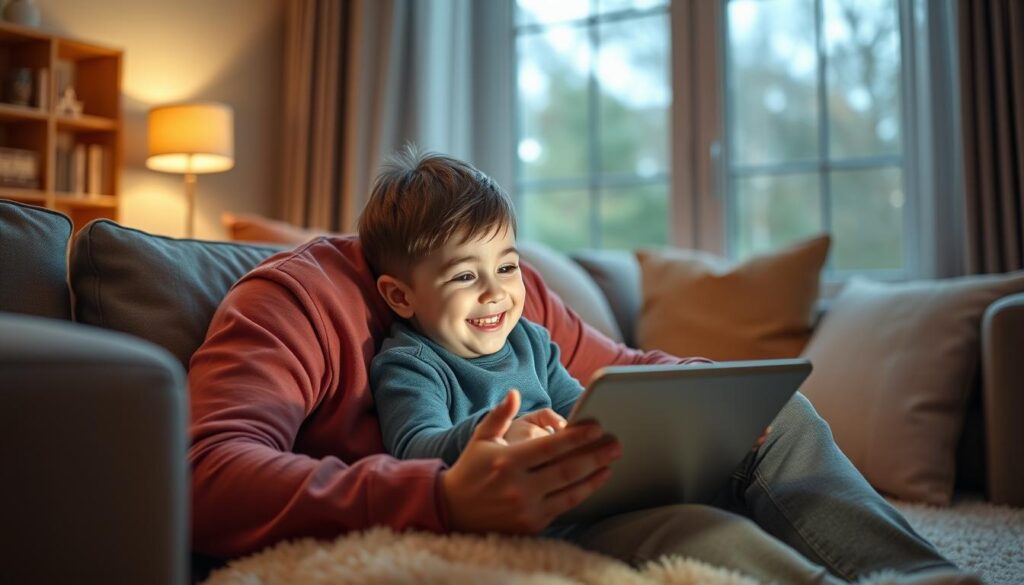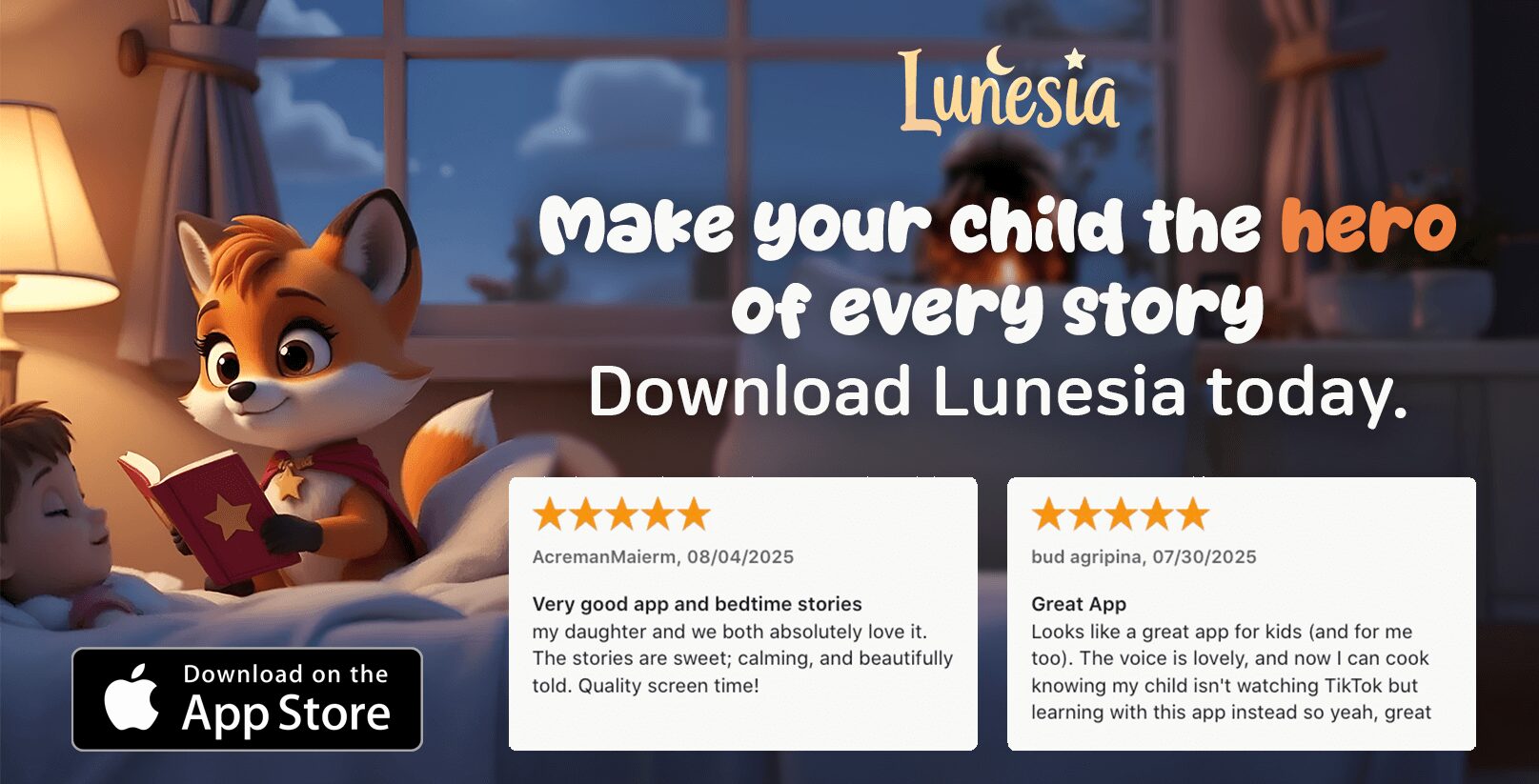As a parent, have you ever wondered how to navigate the digital world while ensuring your child still enjoys the great outdoors? In today’s fast-paced, technology-driven society, this balance is more crucial than ever.
Modern digital devices are both fascinating and challenging for our children. While they offer endless opportunities for learning and creativity, excessive screen time can have serious consequences. Research reveals that teens spend an average of eight hours a day on screens, while preteens average about five and a half hours. This trend is alarming, as studies link excessive screen time to poorer language development and behavioral issues.
Dr. Michelle Yang and other experts have highlighted how even background TV can negatively impact infant language development. This makes it clear that balancing screen use with outdoor activities is essential for healthy childhood development.
In this article, we’ll explore research findings, expert guidelines, and actionable strategies to manage your child’s screen use wisely. We’ll also discuss the American Academy of Pediatrics’ recommendations and provide real-life tips to minimize distractions and create a healthier daily routine.
By the end of this guide, you’ll feel supported and informed, ready to help your family strike the perfect balance between the digital world and the outdoors.
The Impact of Excessive Screen Time on Child Development
Understanding how screen time affects your child is crucial. Research shows that excessive screen exposure can hinder development in young minds.
Research Insights and Data Trends
Dr. Michelle Yang’s studies reveal that infants exposed to over four hours of screens daily face delays in communication and problem-solving by ages 2 and 4. This “video deficit effect” shows that learning from screens takes longer than in-person interactions.
| Age Group | Screen Time | Impact |
|---|---|---|
| 1-year-olds | Over 4 hours/day | Delays in communication and problem-solving |
| Children aged 2-5 | More than 2 hours/day | Higher risk of anxiety, depression, and obesity |
| 6-12 years | Over 7 hours/day | Thinning of the brain’s cortex, affecting critical thinking |
Developmental and Behavioral Risks
Studies link prolonged screen use to issues like decreased attention span and reduced physical activity. The American Academy of Pediatrics suggests balancing screen time with outdoor activities for healthier development.
By monitoring both the quality and quantity of screen use, parents can help their children thrive in a balanced digital and outdoor world.
Screen Time for Kids: Expert Guidelines and Parental Strategies
As a parent, finding the right balance between digital engagement and real-world experiences can feel overwhelming. But with the right strategies, you can create a healthy, balanced routine for your child.
AAP Recommendations and Research Findings
The American Academy of Pediatrics (AAP) offers clear guidelines to help parents navigate this digital age. For children under 18 months, they recommend no screen time except for video calls with loved ones. Between 18 and 24 months, high-quality educational content is acceptable, but only with adult interaction.
For children aged 2-5 years, the AAP suggests limiting screen time to one hour of high-quality programming daily. These guidelines emphasize that not all screen time is created equal—educational content with interactive elements can be beneficial when paired with adult guidance.
Tips from Pediatric Experts and Behavioral Studies
Dr. Jennifer Cross, a leading pediatrician, advises parents to prioritize interactive screen use. She suggests co-viewing programs with your child to enhance learning and critical thinking skills. This approach not only makes screen time more educational but also strengthens your bond with your child.
“Interactive screen time, when guided by a parent, can be a powerful tool for learning and development.”
Creating a Family Media Use Plan is another effective strategy. This plan helps set clear boundaries, designates screen-free zones like bedrooms or dining areas, and ensures a balance between digital and outdoor activities.

By modeling healthy digital habits and engaging in co-viewing, you can help your child develop a positive relationship with screens. Remember, the goal is to foster a balance that supports overall development and well-being.
Encouraging Outdoor Play for a Healthier Childhood
Outdoor play is a cornerstone of healthy childhood development, offering a wealth of benefits that can counterbalance the effects of excessive screen time. By encouraging your child to explore the outdoors, you’re not just promoting physical health—you’re nurturing their emotional and social well-being too.
Benefits of Physical Activity and Green Time
Research from New Zealand and insights by UCSF experts highlight how outdoor activities can mitigate the negative impacts of screen time. Green time has been shown to boost self-efficacy, reduce anxiety, and improve overall child health. Spending time outdoors allows children to engage in physical activities that enhance muscle strength and coordination, while also providing essential vitamin D for strong bones and teeth.
- Improved physical health through active play
- Enhanced social skills and emotional well-being
- Increased exposure to natural light and fresh air
Creative Outdoor Play Ideas for All Ages
Outdoor play doesn’t have to be complicated. Simple activities like exploring a nearby park, playing backyard games, or even gardening can be incredibly rewarding. For younger children, activities like nature scavenger hunts or bubble play are great ways to spark curiosity and creativity. Older kids might enjoy more active pursuits like biking, soccer, or even geocaching.
Bridging the Gap: Balancing Indoor and Outdoor Activities
Creating a balanced routine that combines indoor learning with outdoor play is key to a well-rounded childhood. By setting aside dedicated times and areas for screen-free outdoor fun, you can help your child develop a healthy relationship with both the digital and natural worlds. Community parks and backyard activities are excellent ways to foster family engagement and physical exercise, making outdoor play an integral part of your child’s daily routine.
Conclusion
As a parent, finding the right balance between digital engagement and real-world experiences can feel overwhelming. But with the right strategies, you can create a healthy, balanced routine for your child.
Research shows that excessive screen use can hinder development in young minds. The American Academy of Pediatrics suggests balancing screen time with outdoor activities for healthier development. For children under 18 months, they recommend no screen time except for video calls with loved ones. Between 18 and 24 months, high-quality educational content is acceptable, but only with adult interaction.
Outdoor play is a cornerstone of healthy childhood development, offering a wealth of benefits that can counterbalance the effects of excessive screen time. By encouraging your child to explore the outdoors, you’re not just promoting physical health—you’re nurturing their emotional and social well-being too.
Creating a Family Media Use Plan is another effective strategy. This plan helps set clear boundaries, designates screen-free zones like bedrooms or dining areas, and ensures a balance between digital and outdoor activities. By modeling healthy digital habits and engaging in co-viewing, you can help your child develop a positive relationship with screens.
Remember, the goal is to foster a balance that supports overall development and well-being. By the end of this guide, you’ll feel supported and informed, ready to help your family strike the perfect balance between the digital world and the outdoors.
FAQ
What are the risks of excessive screen use for children?
Excessive screen use can lead to a range of issues, including sleep disturbances, eye strain, and decreased physical activity. It can also impact social and emotional development, as it may reduce face-to-face interaction and outdoor play.
How many hours of screen use per day are recommended for children?
According to the American Academy of Pediatrics, children over the age of 2 should have no more than 1 to 2 hours of high-quality screen use per day. For children under 18 months, screen use is not recommended except for video calls with family and friends.
What are some healthy alternatives to screen use for children?
Encouraging outdoor play, reading, drawing, and social activities can be great alternatives to screen use. These activities promote physical health, creativity, and social skills.
How can parents set limits on screen use while still allowing some access?
Parents can set clear guidelines and create a screen use plan that includes specific times and content. Prioritizing educational and interactive content over passive consumption can also help. For example, using apps that promote learning or creativity can be beneficial.
What role do pediatricians play in guiding screen use for children?
Pediatricians can provide personalized recommendations based on a child’s age and developmental stage. They can also offer strategies to help parents manage screen use effectively and suggest alternative activities that promote healthy development.
How can parents monitor the content their children are accessing online?
Parents can use parental controls and monitoring software to track and limit the type of content their children access. It’s also important to have open conversations with children about online safety and digital literacy.
What are the benefits of screen-free zones and times in the home?
Designating screen-free zones, such as the dining table or bedrooms, and setting screen-free times, like during meals or an hour before bed, can encourage family interaction, improve sleep, and reduce screen dependency.
How can parents encourage a balance between screen use and other activities?
Parents can model healthy screen use themselves and engage in activities with their children that don’t involve screens. Creating a daily routine that includes a mix of screen time, outdoor play, and other hobbies can help maintain a balance.
What resources are available to help parents manage their child’s screen use?
Resources like Common Sense Media provide reviews and guidelines for age-appropriate content. Additionally, many schools and community centers offer workshops and tips for managing screen use effectively.
How can parents address the issue of screen use in a way that involves the whole family?
Involving the whole family in creating a screen use plan can ensure everyone is on the same page. Family meetings to discuss screen use goals and consequences can foster a sense of teamwork and responsibility.




